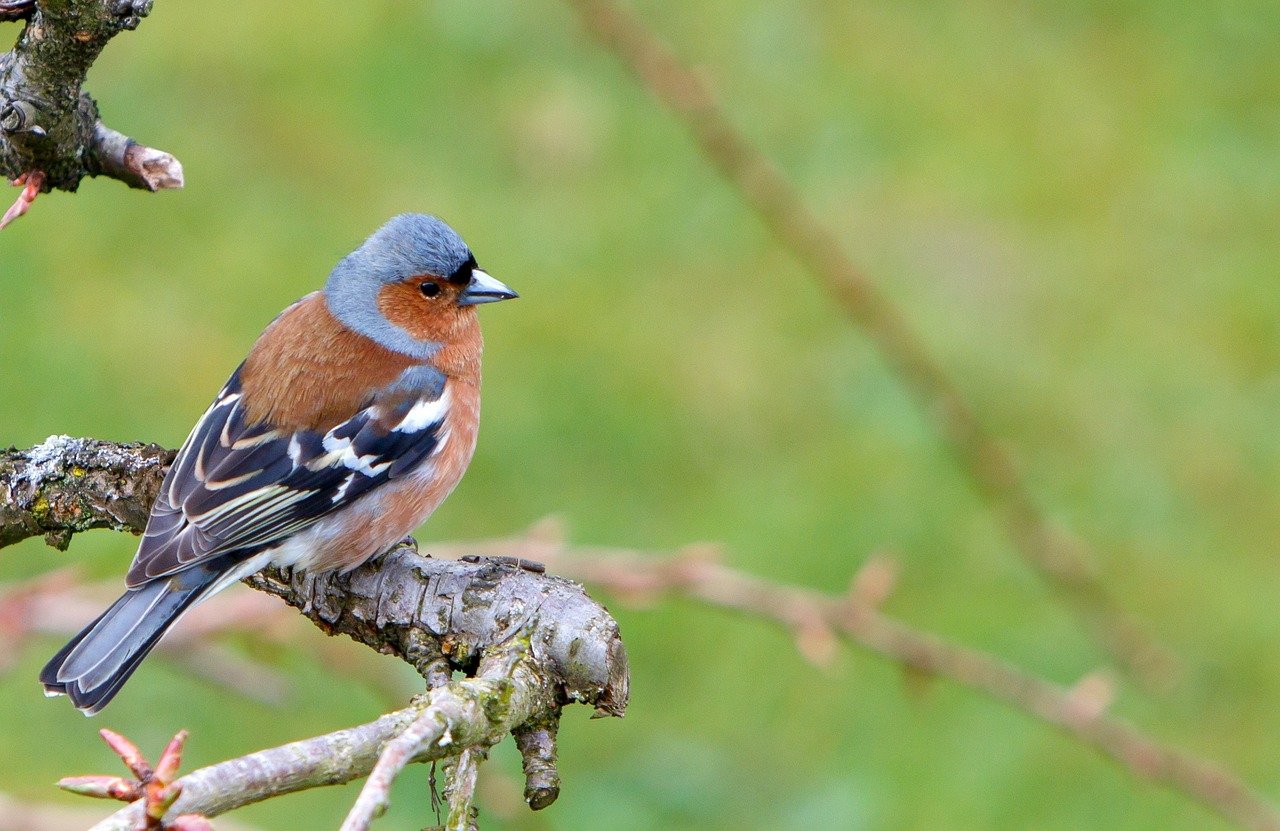The adrenocortical responses to stress in breeding male Chaffinches Fringilla coelebs and Bramblings F. montifringilia in Sweden
DOI:
https://doi.org/10.34080/os.v11.22848Keywords:
bird ringing, bird banding, anthropological effects, physiology, interspecific variationAbstract
There is growing evidence that birds, and possibly other vertebrates, modulate the adrenocortical response to acute stress as measured by increases in plasma levels of corticosterone following capture and handling. Field-endocrine investigations of these adrenocortical responses to capture stress have begun to indicate ecological bases for such endocrine phenomena. One hypothesis states that populations of birds breeding under extreme conditions such as in Arctic and subarctic habitats, where the breeding season also is short, should suppress the adrenocortical response to acute stress so as to allow onset of breeding under potentially severe conditions. To test this we measured increases in circulating levels of corticosterone following capture and handling in a population of male Chaffinches Fringilla coelebs breeding in southern Sweden. The dynamics of changes in corticosterone levels during this capture stress protocol were compared with those collected from male Brambling F. montifrigilla breeding in a subalpine habitat in northern Sweden where conditions are more severe and the breeding season short. Contrary to the predictions, male Bramblings showed a greater adrenocortical response to stress as indicated by the pattern of corticosterone levels in blood. Both male Bramblings and Chaffinches show marked individual variations in the pattern of corticosterone changes following capture. In Chaffinches the initial corticosterone were negatively correlated with body mass and body size expressed as ratio of body mass to wing length cubed. The percent increase in corticosterone and maximum levels were also correlated with fat score. Male Bramblings showed no relationship of corticosterone dynamics with body condition. Furthermore, there was no relationship to plumage variability (i.e. from black plumage on the head and upper thorax to grey, streaked, female-like males). Although several avian species have been shown to reduce their adrenocortical responsiveness to acute stress in severe environments, these data suggest that other factors may regulate the hypothalamo-pituitary-adrenal cortex axis as well.
Downloads

Downloads
Published
How to Cite
Issue
Section
License
The copyright of each contribution belongs to the author(s), but all contributions are published under a Creative Commons license, so that anyone is free to share and reuse the contribution as long as the copyright holder is attributed.







